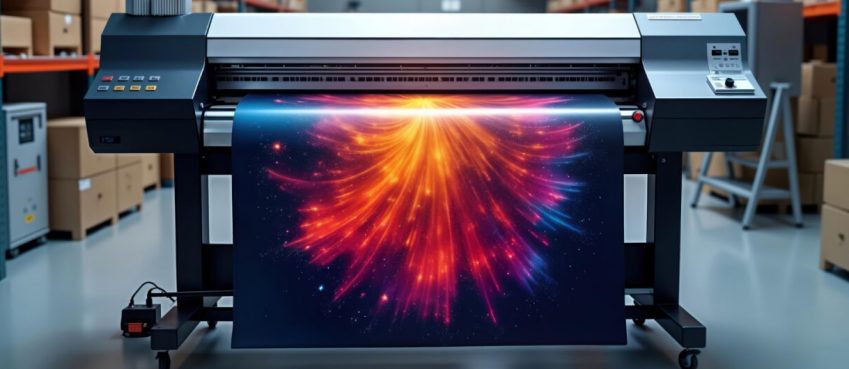
In the world of digital photography, the 35-mm full-frame sensor is a pivotal element that plays a significant role in capturing stunning, high-quality images.
Whether you’re a professional photographer or an enthusiastic hobbyist, understanding this technology is essential to elevate your photography game.
In this article, we’ll delve into the depths of the 35-mm full-frame sensor, exploring its history, advantages, and applications.
Evolution of the 35-mm Full-Frame Sensor
The 35-mm full-frame sensor has a rich history that dates back to the early days of photography.
Originally used in film cameras, this sensor size mimicked the standard 35-mm film frame, hence its name.
As digital photography emerged, the 35-mm full-frame sensor maintained its popularity due to its compatibility with existing lenses and its ability to capture images with exceptional detail.
What Is A 35mm Full-Frame Sensor?
A 35mm full frame sensor is 36mm (width) and 24mm (height) which generally range between 856-864 square millimeters with 1.0 crop factor.
In addition to this, a 35mm sensor can be found in both DSLR and mirrorless cameras.
Some examples of 35mm full frame sensor DSLR camera:
- Sony α ILCA-99M2
- Nikon D5
- Canon EOS 6D Mark II
Some examples of 35mm full frame mirrorless camera:
- Nikon Z5
- Sony A7 II
- Canon EOS RP
Advantages Of 35-mm Full-Frame Sensor
The larger size of the 35-mm full-frame sensor offers several advantages that contribute to its allure among photographers:
Good low-light performance
Larger sensors allow for more light to be captured, resulting in reduced noise and better performance in low-light conditions. This is crucial for capturing sharp and vibrant images even in challenging lighting scenarios.
Impressive depth of field
The larger sensor size contributes to a shallower depth of field, allowing photographers to achieve that coveted background blur (bokeh) effect. This is particularly beneficial for portrait and macro photography, where subject isolation is key.
Superior image quality
With a larger area to capture light, the 35-mm full-frame sensor produces images with exceptional clarity, dynamic range, and color accuracy. This quality is highly valued in professional photography and applications where every detail matters.
Applications Of The 35-mm Full-Frame Sensor
The versatility of the 35-mm full-frame sensor lends itself to a wide range of photography genres:
- Landscape Photography: Capturing sweeping vistas and intricate details in landscapes benefits from the sensor’s ability to reproduce intricate textures and vibrant colors.
- Portraiture: The shallower depth of field aids in isolating subjects from the background, making it a favorite among portrait photographers.
- Street Photography: In fast-paced urban environments, the sensor’s low-light performance ensures sharp and clear images even in challenging lighting conditions.
- Astrophotography: For capturing the splendor of the night sky, the sensor’s ability to gather light is invaluable, resulting in stunning shots of stars, galaxies, and celestial phenomena.
Frequently Asked Questions
Are all full-frame sensors the same size?
No, while they are generally larger than other sensor types, the exact dimensions can vary between manufacturers and models.
Can I use my existing lenses with a full-frame sensor?
Yes, in most cases, your lenses will be compatible. However, it's essential to check for compatibility, especially with older lenses.
Is a full-frame sensor necessary for beginners?
While not necessary, it can provide advantages in image quality and creative control. However, many entry-level cameras with smaller sensors also offer excellent performance.
Do all professional photographers use full-frame sensors?
No, professional photographers choose their cameras based on their specific needs and preferences. While many professionals use full-frame sensors, others opt for different formats based on their work.
Are full-frame cameras heavier?
They can be slightly heavier due to the larger sensor and associated components. However, advancements in technology have led to more compact and lightweight full-frame options.
Top 10 News
-
01
Top 10 Deep Learning Multimodal Models & Their Uses
Tuesday August 12, 2025
-
02
10 Google AI Mode Facts That Every SEOs Should Know (And Wha...
Friday July 4, 2025
-
03
Top 10 visionOS 26 Features & Announcement (With Video)
Thursday June 12, 2025
-
04
Top 10 Veo 3 AI Video Generators in 2025 (Compared & Te...
Tuesday June 10, 2025
-
05
Top 10 AI GPUs That Can Increase Work Productivity By 30% (W...
Wednesday May 28, 2025
-
06
[10 BEST] AI Influencer Generator Apps Trending Right Now
Monday March 17, 2025
-
07
The 10 Best Companies Providing Electric Fencing For Busines...
Tuesday March 11, 2025
-
08
Top 10 Social Security Fairness Act Benefits In 2025
Wednesday March 5, 2025
-
09
Top 10 AI Infrastructure Companies In The World
Tuesday February 11, 2025
-
10
What Are Top 10 Blood Thinners To Minimize Heart Disease?
Wednesday January 22, 2025







